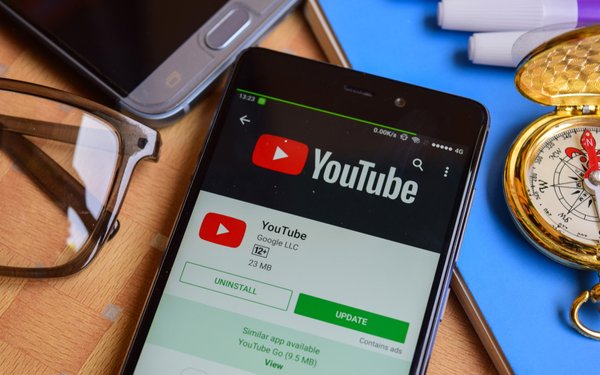
YouTube’s latest brand safety backlash was more bark than bite.
Earlier this year, a handful of high-profile advertisers, including Disney and AT&T, pulled their ads
from YouTube after it was discovered the comments section of certain videos was being used to exploit children. It was the latest in a number of brand safety incidents tied to the massive video
platform.
While a few advertisers were vocal about their decision to exit the platform, the overwhelming majority of advertisers decided to keep advertising on YouTube.
According to data from the video advertising software firm Pixability, only about 5% of all of the brands it worked with paused their ads during the controversy. And all but
two resumed advertising on YouTube within 72 hours.
“In the media, there was a lot of noise about big brands pulling off. While this is something we take
extremely seriously, ultimately it didn’t really impact too many brands,” Pixability CEO David George tells Digital News Daily.
According to Jackie
Swansburg Paulino, senior vice president, customer success at Pixability, once the advertisers it worked with were aware of brand safety tools, and what Google was proactively doing to fix the
situation, they were comfortable resuming their ad buys on the platform.
“Google made a huge step by turning off comments for any video that a child appears
in,” Paulino says. “That is not a small decision for them to make. User engagement is important for them on the YouTube platform, so to tun off comments on
millions of videos is a big deal.”
George says YouTube kept them in the loop after the news broke, providing daily updates, before rolling out its new commenting
rules.
Ultimately, from an advertiser’s perspective, YouTube has reach and targeting capabilities few other video offerings can rival. That strength is a big reason why marketers
are continue to push ad spend on the platform.
“From the eyes of customers, the breadth and depth of YouTube is unmatched. It also reaches younger demographics, demographics
that are harder to reach today on TV and on other platforms,’ Paulino adds. "So just turning off YouTube indefinitely is a hard decision for a marketer to make.”